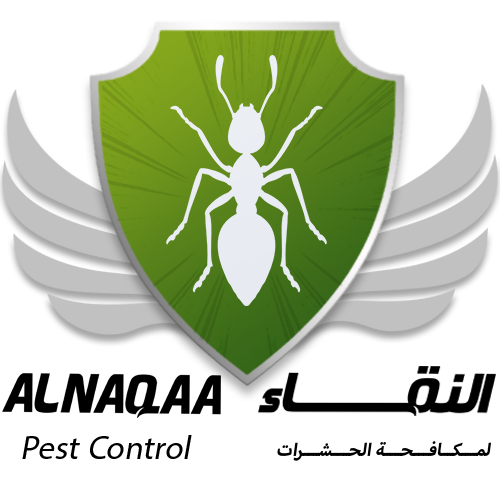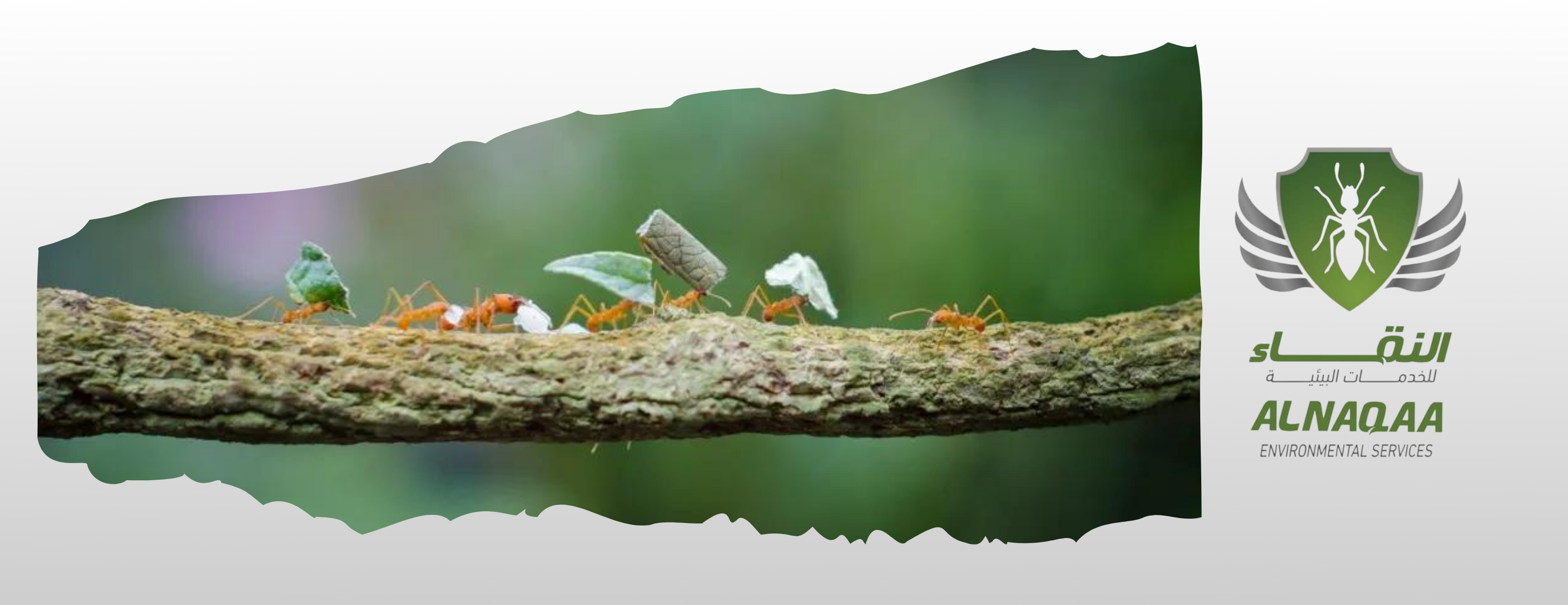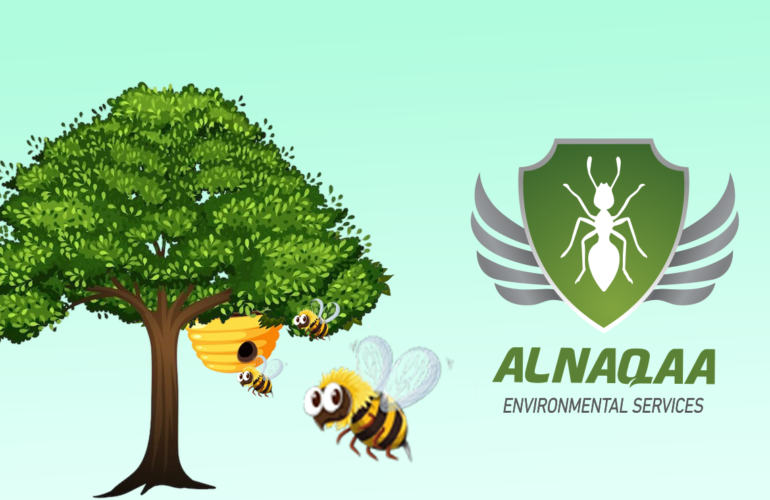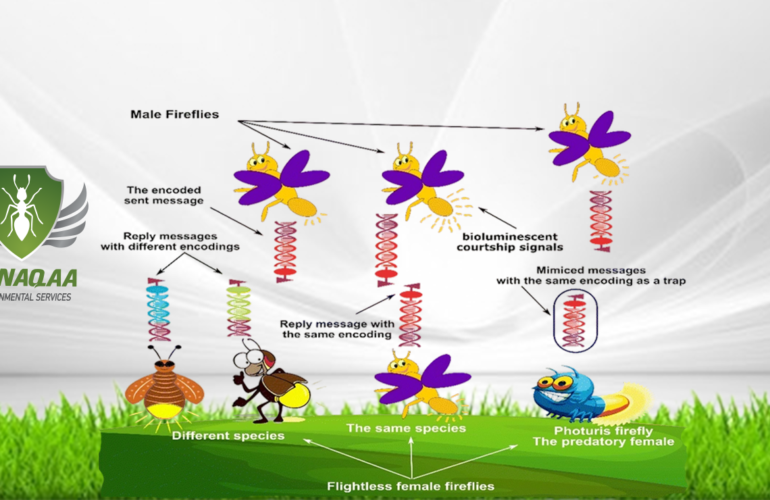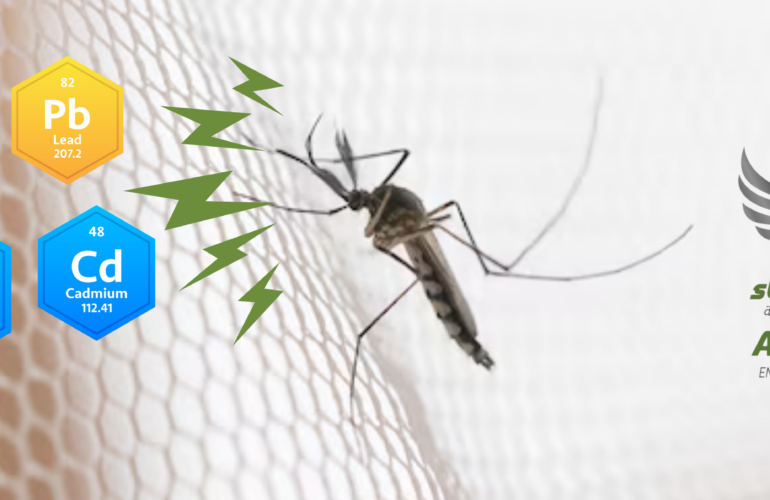Hive-Mind Behavior of Insect
Because of their various kinds and intricate social structures, insects have long attracted both scientists and average people. The phenomena of hive-mind activity, wherein sizable groups of insects function as a collective entity and exhibit coordinated actions and decision-making abilities, is one of their outstanding behavioral patterns.
The hive-mind behavior in insects can have implications for insect pest management in several ways:
1. Communication and information sharing: Insects exhibiting hive-mind behavior often communicate with each other through various mechanisms such as pheromones, vibrations, or visual cues. This efficient communication allows them to share information about food sources, nesting sites, or potential threats. Understanding the communication systems of social insects can help in the development of pest management strategies. For example, exploiting pheromones or other chemical signals used by pests can be used to attract or repel them, disrupt their foraging behavior, or monitor their presence.
2. Cooperative defense mechanisms: Social insects often exhibit collective defense strategies to protect their colonies from predators or other threats. This collective defense can involve behaviors such as mass attack, swarm formation, or recruitment of nestmates. Pest management strategies can leverage these defensive behaviors. For instance, understanding the alarm pheromones or signals used by social insects can be used to develop targeted control methods that trigger defensive responses, such as dispersing or repelling pests, disrupting their aggregation, or inducing alarm behavior that leads to their elimination.
3. Biological control: Hive-mind behavior can be utilized for biological control of insect pests. Some social insects, such as certain species of ants, exhibit predatory or parasitic behaviors towards other insects. These natural enemies can be harnessed for pest management purposes. For example, certain ant species can be encouraged or introduced in agricultural settings to control pest populations. The ants’ collective foraging and hunting behavior can effectively reduce pest numbers.
4. Manipulation of social structure: Understanding the social structure and organization of social insects can help in developing pest management strategies. For example, disrupting the reproductive capabilities of social insects, such as sterilizing or removing reproductive individuals, can prevent population growth and colony establishment. Similarly, disrupting the division of labor or caste differentiation in social insect colonies can hinder their ability to perform essential tasks, such as foraging or brood care, which can weaken or destabilize the colony.
It is important to note that the application of hive-mind behavior in insect pest management requires a thorough understanding of the target pest species, as well as the ecological and environmental factors that influence social insect behavior. Additionally, ethical considerations and potential unintended consequences should be carefully evaluated when implementing pest management strategies based on hive-mind behavior to ensure they are effective, sustainable, and environmentally friendly.
I. Comprehending the Behavior of Hive Minds:
Social insects’ coordinated behaviors and collective decision-making skills, including ants, bees, wasps, and termites, are known as hive-mind behavior. Individual insects unite and function as a cohesive unit in these colonies, displaying a high level of organization. Complex communication systems, chemical signals, and decentralized decision-making procedures lead to the hive-mind activity.
II. Mechanisms of Hive-Mind Activity:
-Boosting Survival: The main reason insects engage in hive-mind behavior is to increase their survival chances. Collectively, they can overcome obstacles that a single bug could never overcome. With the help of the colony’s collective efforts, tasks including feeding, nest-building, predator defense, and environmental regulation are effectively completed.
-Resource optimization: Insects’ hive-mind behavior enables efficient resource allocation. Insects can cooperate to share knowledge about food sources, preventing the wastage of resources. For instance, honeybees use their “waggle dance” to signal other hive members where nectar-rich blooms are so that resources can be used more effectively.
-Division of work: Insect colonies, where various individuals specialize in different duties, there is division of work. The colony’s efficiency and output are improved by this specialization. The hierarchical structure makes sure that each team member contributes to the group’s overall performance, resulting in a seamless and efficient workflow.
III. Hive-mind behavior’s occurrence:
-Construction and upkeep of nests: Termites and bees, among other insects, engage in hive-mind behavior when building and maintaining their nests. Together, they can build complex structures, control humidity and temperature, and maintain the colony’s security. Each person follows a set of established norms that are inscribed in their genetic structure, enabling them to carry out particular jobs with ease.
-Foraging and Food Acquisition: Insects use hive-mind behavior to find and take advantage of food sources during foraging. For instance, ants efficiently locate to food by communicating through pheromones and trail-following behavior. The colony can maximize resource gathering by exchanging information and planning their actions together.
-Defense and Predation: When threatened, insects demonstrate group defense mechanisms. In order to defend their nest and fellow members, social insects like bees and wasps can plan coordinated attacks against intruders or predators. The ability to operate as a single force dissuades possible dangers and improves the colony’s prospects of survival.

The study of insect hive-mind behavior can provide insightful knowledge and spark ideas for potential applications in many facets of human society. Here are some potential applications for understanding insect hive-mind behavior:
1. Distributed Computing and Optimization: Insects have amazing skills for allocating resources efficiently and distributing jobs throughout their colonies. Researchers can create algorithms for distributed computing, where numerous computing devices collaborate to tackle challenging tasks, by researching their division of labor and decentralized decision-making. This could result in better resource allocation, load balancing, and enhanced efficiency in distributed systems.
2. Logistics and Supply Chain Management:
Insects, particularly ants, display efficient foraging strategies and communication mechanisms to locate and exploit food sources. These principles can inspire advancements in logistics and supply chain management, leading to optimized routing, distribution, and inventory management. By applying the concepts of hive-mind behavior, companies can improve the efficiency of their operations, reduce costs, and enhance overall productivity.
3. Disaster Response and Emergency Management: Strategies for disaster response and emergency management can be influenced by the cooperative defense systems and coordinated behavior of insects under threat or danger. Researchers can create better rules and methods for disaster mitigation, evacuation, and coordination of rescue activities by learning how insects quickly adjust to changing conditions.
4. Social Networks and Decision-Making:
Insects rely on decentralized decision-making and effective communication to function as cohesive societies. These principles can be applied to human social networks and decision-making processes. By studying insect hive-mind behavior, researchers can gain insights into how information spreads, how consensus is reached, and how collective intelligence can be leveraged to improve decision-making in various domains, such as online communities, organizational structures, or participatory governance.
5. Environmental conservation and sustainability: Insects are essential to the health and sustainability of ecosystems. Researchers can create plans for environmental preservation and sustainable practices by learning how social insects organize their groups and maximize resource use. Designing effective waste management systems, sustainable agricultural methods, and biodiversity preservation efforts can benefit from understanding the behavior of insect hive minds.
6. Robotics and Swarm Intelligence: Learning how insects plan their movements and reach conclusions as a group might be useful when creating algorithms and plans for autonomous robotic systems. Researchers can build swarms of robots that can cooperate, communicate, and do difficult tasks collectively, such as search and rescue operations, environmental monitoring, or even self-assembling structures, by imitating the concepts of hive-mind exertion.
These potential applications highlight the interdisciplinary nature of studying insect hive-mind behavior, offering valuable lessons and inspiration for addressing complex challenges. Alnaqaa for Environmental Services and Pest Control, Ras Al-Khaima, United Arab Emirates hopes you find this article informative and valuable. Al Naqaa for Environmental and Insect Control Services Company in Ras Al Khaimah, United Arab Emirates (UAE), is interested in engaging its clients in this scientific content compiled by a consultant specialized from the most esteemed colleges.


